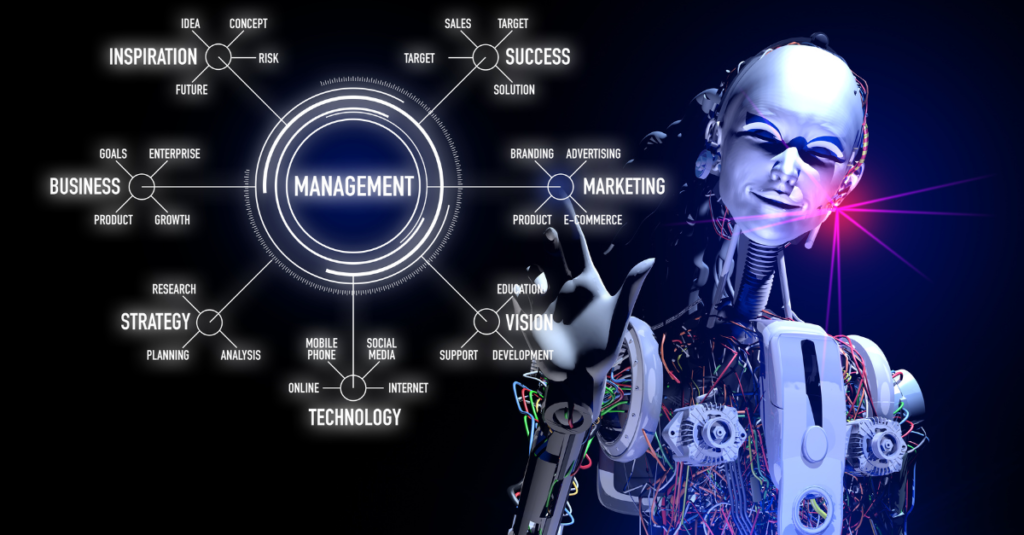In the ever-evolving landscape of the digital age, creative industries have found an unlikely yet highly compatible ally in the form of Generative AI. This powerful synergy between human creativity and artificial intelligence is shaping the way we perceive, create, and consume art, music, design, and more. In this article, we delve into the fascinating realm where Generative AI and creative industries meet, exploring how this partnership is not just transformative but also poised to dominate the future of artistic expression.
Unveiling the Power of Generative AI
Generative AI, also known as Artificial Creativity, is a branch of artificial intelligence that focuses on enabling machines to mimic and, in some cases, surpass human creativity. It operates on complex algorithms and deep learning models, allowing computers to generate content that ranges from text to images and even music. What sets Generative AI apart is its ability to produce content that is not only high in quality but also innovative, pushing the boundaries of human imagination.
Redefining Creativity in the Digital Age
In the digital era, creativity has transcended traditional boundaries. It has expanded beyond the canvas, stage, and manuscript into the realms of data, algorithms, and code. Generative AI has emerged as a powerful tool for creative professionals across various domains. Here’s how:
| Artistic Exploration | Generative AI empowers visual artists to explore new horizons. Artists can collaborate with AI algorithms to create stunning pieces of art that merge human vision with the endless possibilities of computational creativity. The result is artwork that challenges conventions and inspires awe. |
| Musical Innovation | Musicians and composers are leveraging Generative AI to compose original music and enhance their creative processes. AI-generated music can seamlessly blend genres, experiment with harmonies, and even compose pieces that evoke emotions, transcending the limits of human composition. |
| Design Revolution | In the world of design, Generative AI is revolutionizing the way products and interfaces are crafted. Designers can harness AI to generate unique patterns, layouts, and prototypes, pushing the boundaries of innovation in user experience. |
| Content Creation | Content creators are finding AI to be a valuable ally in their quest for engaging and relevant content. AI-driven content generation tools assist in generating articles, product descriptions, and marketing materials that are not only grammatically sound but also tailored to specific audiences. |
Transforming Industries Through Collaboration
The synergy between Generative AI and creative industries goes beyond individual artistic pursuits. It has the potential to reshape entire industries:

Advertising and Marketing
- In the fiercely competitive world of advertising and marketing, AI-generated content is revolutionizing how companies engage with their target audiences. AI-driven tools can analyze vast datasets of consumer behavior, social media trends, and market dynamics to tailor messages with precision. This personalized approach goes far beyond traditional demographic targeting, allowing advertisers to create highly individualized content that resonates with each consumer.
- Furthermore, AI is enabling real-time optimization of ad campaigns. Advertisers can now A/B test multiple ad variations, headlines, and images simultaneously, with AI algorithms quickly identifying the most effective combinations. This not only reduces costs but also significantly improves conversion rates, setting new industry standards for the effectiveness of digital advertising.
- In addition to content creation and optimization, AI is also playing a crucial role in programmatic advertising. It automates the buying of ad inventory, optimizing bids in real-time to reach the right audience at the right time. This results in more efficient spending and better ROI for advertisers.
Film and Entertainment
- The film and entertainment industry has a long history of embracing technological advancements, and Generative AI is ushering in a new era of creativity and innovation. AI-powered tools are now being used to create jaw-dropping special effects, from lifelike CGI characters to breathtaking environments.
- One notable area of impact is scriptwriting. AI algorithms can analyze vast databases of scripts, dialogues, and plot structures to assist screenwriters in generating compelling stories. While AI doesn’t replace human creativity, it can be a valuable tool for brainstorming ideas, suggesting plot twists, and even predicting audience reactions based on historical data.
- Moreover, virtual reality (VR) and augmented reality (AR) experiences are becoming increasingly immersive thanks to AI. Generative algorithms are used to create realistic virtual worlds that respond dynamically to user input, blurring the lines between reality and fiction.
Fashion and Design
- In the fashion industry, AI is transforming the entire design process, from trend prediction to production optimization. Designers are now leveraging AI to forecast fashion trends by analyzing vast amounts of social media data, runway shows, and historical sales data. This data-driven approach enables designers to stay ahead of the curve and create collections that resonate with consumers.
- Customization is another area where AI is making waves. AI-driven software allows customers to design personalized clothing items, choosing fabrics, styles, and sizes according to their preferences. This not only enhances the customer experience but also reduces waste by producing garments on-demand.
- Production processes are also benefiting from AI’s optimization capabilities. AI algorithms can optimize supply chain management, predicting demand fluctuations and ensuring that the right amount of inventory is produced. This reduces overproduction and minimizes unsold inventory, contributing to a more sustainable fashion industry.
Gaming
- The gaming industry is undergoing a transformative evolution with the integration of AI. AI-driven game environments are now dynamic and responsive, adapting in real-time to player behavior and choices. This results in more immersive and challenging gameplay experiences.
- One of the most significant advancements is in AI-powered characters. Non-player characters (NPCs) are no longer limited by pre-programmed behaviors. Instead, they can learn and adapt, making in-game interactions feel more lifelike. NPCs can respond to player strategies, evolving their tactics and decision-making, providing a deeper level of engagement.
- AI is also being used to generate procedural content, such as game levels, terrain, and quests. This means that game worlds can be vast and diverse, with AI algorithms ensuring that content remains engaging and unpredictable.
- In multiplayer games, AI-driven matchmaking systems use player data and behavior patterns to create balanced and competitive matches. This enhances the overall gaming experience and keeps players coming back for more.
Conclusion
Generative AI is not here to replace creative industries but to augment them, providing new tools and possibilities that were once confined to the realm of science fiction. The partnership between Generative AI and creative industries is an exciting journey into uncharted territory, where the boundaries of human creativity are constantly expanding. Embracing this synergy will undoubtedly lead to a future where art, music, design, and more are not limited by the human imagination but enhanced by it.





